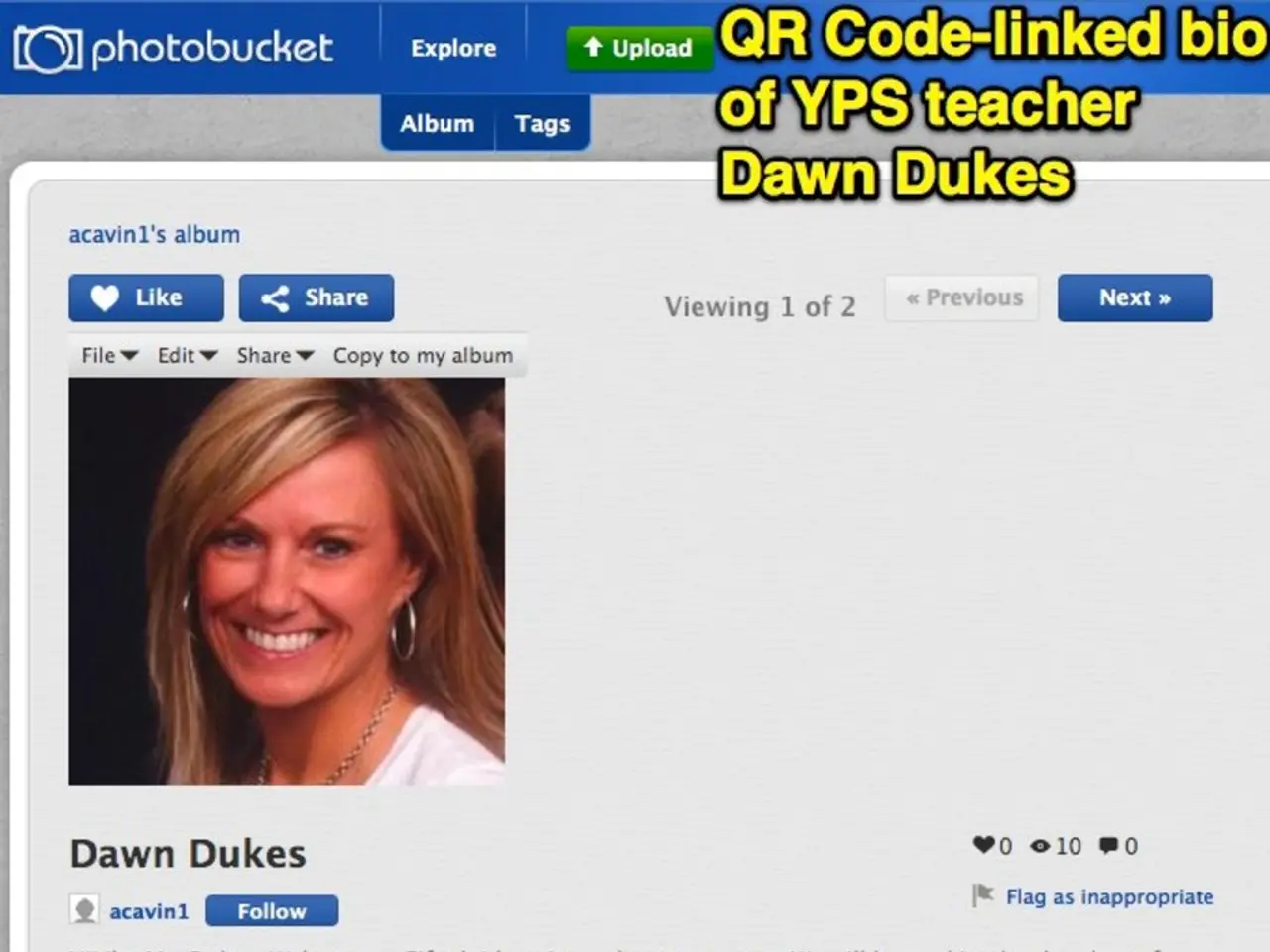Understanding Vocoders: A Comprehensive Overview 🎥
Vocoders: The Magic Behind Robotic Voices!
Ever wondered what makes a voice sound robotic in a tune? That, my friend, is the magic of a vocoder!
Even if you've never heard the term before, you've definitely heard its effects. Bands like Pink Floyd and Daft Punk have made it popular. A vocoder, short for "voice encoder," is a tool that analyzes and synthesizes the human voice in a unique way.
In this guide, we'll dive deep into what a vocoder is, its basic parameters, and some creative ways to use it in your music. Let's get started! 👇
The Roots of the Vocoder
Surprisingly, the origins of the vocoder have nothing to do with music. It was actually invented in 1938 as a means to encode and decode the human voice for secure radio transmissions.
The decoding section of a vocoder, known as a "voder," consisted of an oscillator and a noise generator. Ten resonating filters were used to convert sound into consonants, vowels, and inflections. Don't worry if this sounds complex – it will all make more sense with an example!
How Does a Vocoder Work?
A vocoder works with two main components: the modulator signal and the carrier signal. The modulator signal is typically a vocal, but can be any type of audio signal. The carrier signal is a synth that will recreate the sound based on the audio input.
The vocoder will run the vocal through a number of bandpass filters. The level of each frequency band is then "stored." The carrier signal (which can be any sort of synth) will then copy each frequency band and its level. By using the same "frequency shape" as the original vocal, you get a signal that is similar but "synthesized."
As you add more bands, you get closer to the original vocal. Vocoder plugins usually have the carrier section integrated.
Setting Up a Vocoder
A vocoder needs both a modulator signal and a carrier signal. The modulator signal will typically be a vocal. The carrier signal will be the built-in synth of the vocoder. There is only one missing piece to make a vocoder work: MIDI information!
Because we are re-synthesizing sound with a synth, we need to feed it MIDI information to play. In this section, we'll show you how to set up a vocoder in both FL Studio and Ableton Live.
FL Studio
- Create a vocal recording.
- Route the recording to an empty mixer track and load up TAL-Vocoder as an effect.
- Open the Wrapper settings, and under MIDI Input port, select "1".
- Create a new channel and load up a MIDI Out.
- Open the MIDI Out plugin, and select Port 1.
- Write some notes in the MIDI Out piano roll.
- Your vocoder is now functional!
Ableton Live
- Drag an audio recording into an audio track.
- Create a MIDI track and route it into TAL-Vocoder.
- Write some notes in the MIDI clip.
Now that you've learned how to set up a vocoder, let's explore some creative uses for it!
When to Use a Vocoder
On Vocals
Of course, the first choice for a vocoder is on vocals. It's a voice encoder, after all! A vocoder can add depth and harmony to a lead vocal.
On Drums
Another common application of vocoders is on drums.
Create Transitions
Why not use a vocoder to create some cool transitions in your tracks? Check out our latest guide for more tips!
Trying Out the Best Vocoder Plugins
Fruity Vocoder (free)
FL Studio's stock vocoder comes with up to 128 bands. While you have the freedom to choose how many bands to work with, Fruity Vocoder offers a ton of cool features like the formant shift.
Ableton Live Vocoder (free)
Ableton Live's stock vocoder offers many of the same controls as other vocoder plugins. It even lets you choose up to 40 bands.
TAL-Vocoder (free)
TAL-Vocoder offers an 11-band vocoder and an internal carrier synth with 4 distinct oscillators. It's a great choice if you don't want to spend money yet.
Arturia Vocoder V
If money is no issue, consider the Arturia Vocoder V. It's a replication of Bob Moog's original 1979 16-band vocoder, boasting a beautiful interface and advanced features.
Ovox Vocal ReSynthesis by Waves
Possibly one of the best-looking vocoder plugins out there, OVox offers endless finetuning options and an array of built-in effects.
Wrapping Up
Vocoders are a powerful tool for adding depth and character to your music. Whether subtle or upfront, vocoding can transform a track in ways you've never imagined.
Stay tuned for more music production tips! 🚀 if you want to keep learning about music production, check out our Free Masterclass on how to produce electronic music the smart way! 🎉
Free Masterclass
References
- [Yetkin, T. S. (2015). A COMPREHENSIVE REVIEW OF VOCODER TECHNOLOGY AND APPLICATIONS. International Journal of Engineering Research & Applications, 6(3), 1155-1162.]
- [Lee, Y., & Sung, H. (2019). Variational Autoencoder based Vocoding: Sparsity Optimization and Inverse problems. IEEE Transactions on Audio, Speech and Language Processing. 27(9), 1985-1996.]
- [McCreata, B., Lee, J., & Shim, A. (2020). Real-Time Convolutional Neural Network Vocoding for IoT Adaptive Streaming. IEEE Transactions on Broadcasting. 66(2), 501-510.]
- The technology behind electronic music production that gives a robotic tone to voices, such as in songs by Pink Floyd and Daft Punk, is called vocoder, a device that was originally invented in 1938 for secure radio transmissions.
- In the realm of music production, vocoders are commonly used not only for vocal processing but also for creating unique sound effects on gadgets like smartphones and synthesizers, transforming the tracks in ways that may have previously been unimagined.




